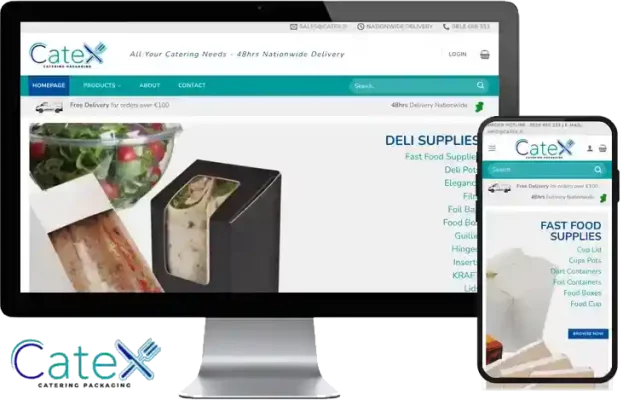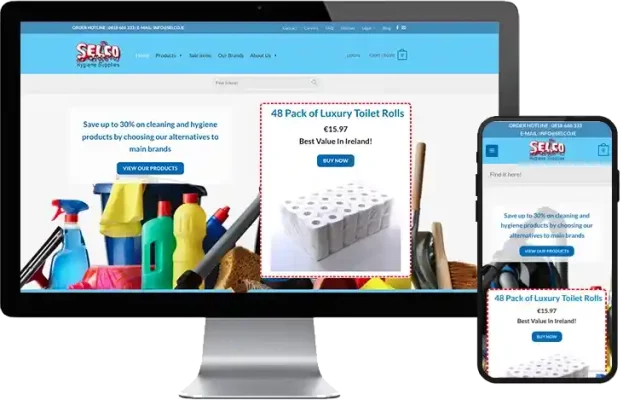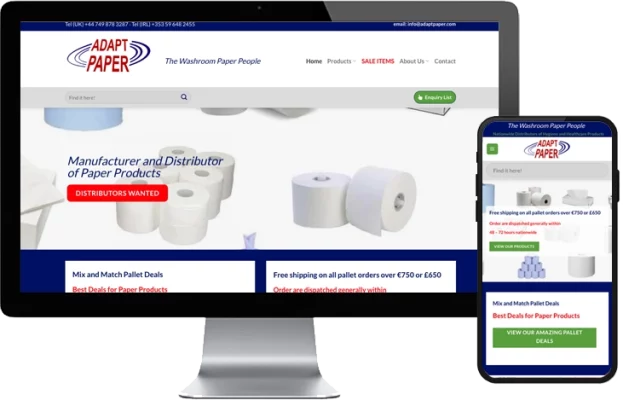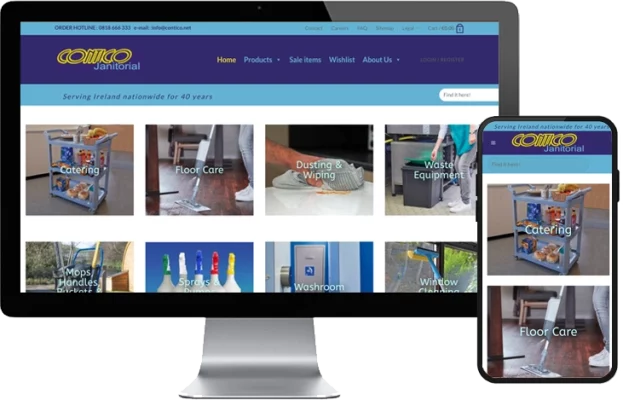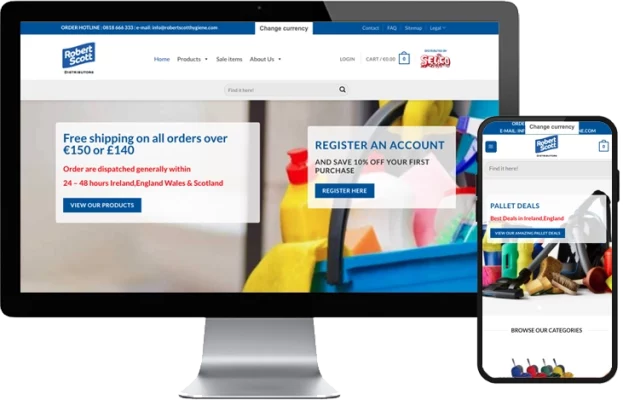
What is an e-commerce site and what are the benefits of selling products and services online?
E-commerce websites are designed to facilitate online transactions, enabling customers to browse and purchase products or services from any location. These websites typically comprise several essential components that work together to provide a seamless and secure shopping experience.
Your online store is open 24/7 from any where and any device without the costs associated with a brick and mortar store.
Google Shopping (Google Product data Feed)
We give you the option to display your products directly to the top of Google Search using Google Shopping service. Which we do for our client Selco Cleaning and Hygiene.
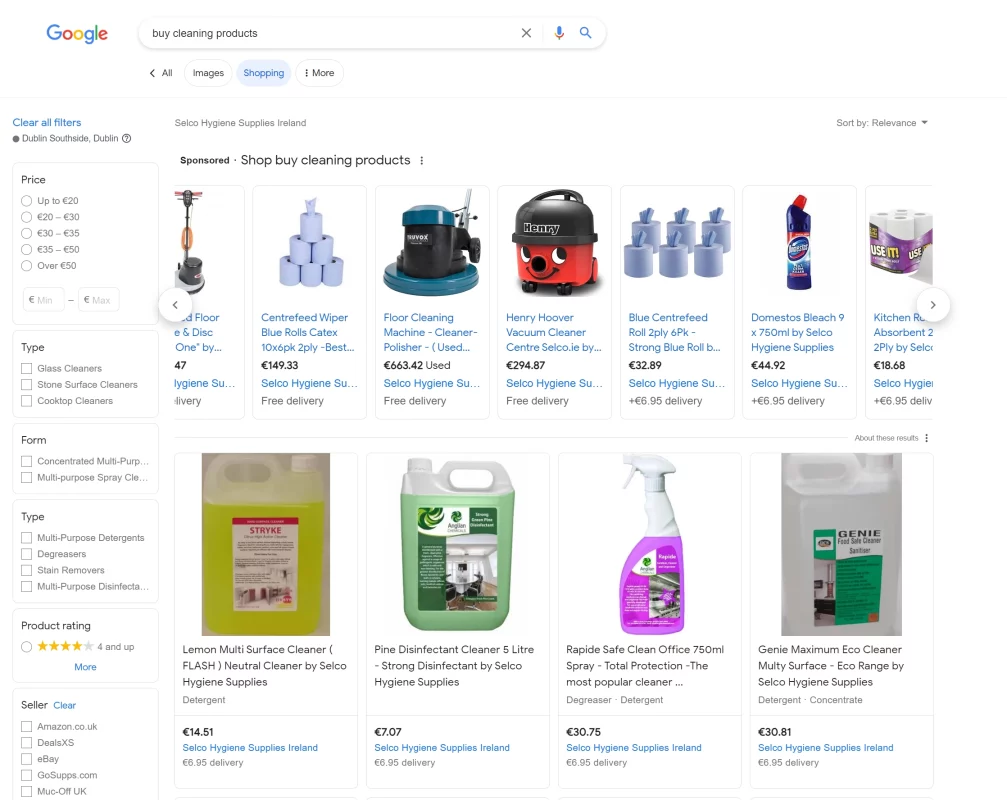
How an e-commerce website works:
- Product Catalog: The heart of an e-commerce website is its product catalog, showcasing the items available for purchase. High-quality product images, detailed descriptions, and clear pricing information are crucial for attracting customers and encouraging sales.

- Shopping Cart: The shopping cart is a virtual shopping basket where customers can add items they wish to purchase. It should be easily accessible and provide a clear overview of the selected products, quantities, and total cost.
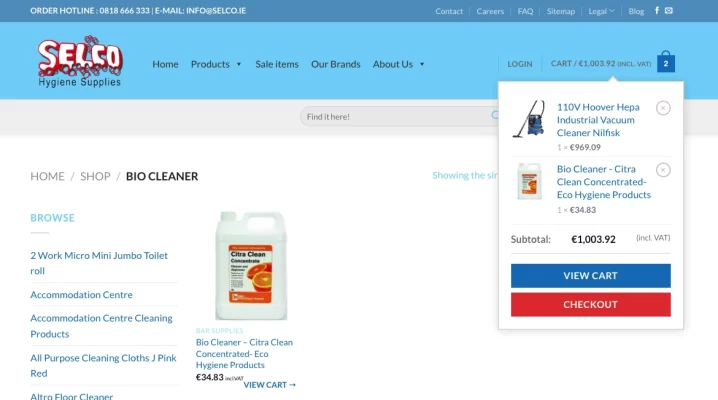
- Checkout Process: The checkout process is where customers finalize their purchases. It should be streamlined and secure, allowing customers to enter their shipping and billing information, choose a payment method, and review their order before confirming the purchase.
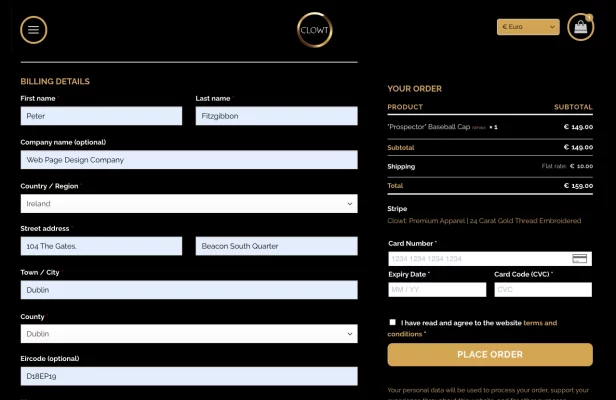
- Payment Gateway: A payment gateway is a secure system that processes online payments, enabling customers to pay using credit cards, debit cards, or other electronic payment methods.Funds are lodged directly to your specified bank account.

- Customer Account Management: E-commerce websites often provide customer account management features, allowing users to create accounts, track orders, manage their shipping and billing information, and view their purchase history.
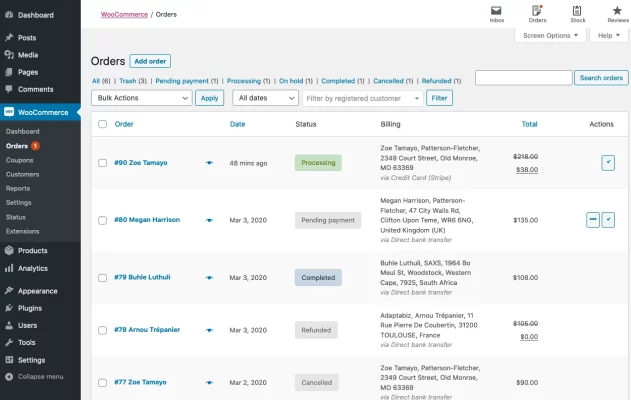
- Search Functionality: A robust search function enables customers to quickly locate specific products within the vast catalog. It should be intuitive and provide relevant results based on keywords, categories, or product attributes.
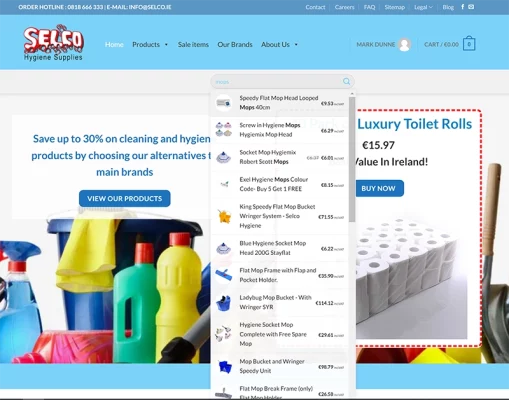
- Upsells – Product Reviews, Ratings and Related Products: Customer reviews and ratings provide valuable feedback for potential buyers, influencing their purchasing decisions and building trust in the products and the overall brand.
Whereas Related products entice purchasers to add extra related products to their cart before checking out.
- Inventory Management System: An inventory management system keeps track of product stock levels, ensuring accurate product availability information and preventing overselling.
- Shipping and Delivery Options: Clear and transparent shipping and delivery options, including estimated delivery times and costs, are essential for setting customer expectations and ensuring a positive shopping experience.
- Customer Support: Responsive customer support, accessible through email, phone, or live chat, is crucial for addressing customer inquiries, resolving issues, and building customer loyalty.
These components work together to create a functional and user-friendly e-commerce website that facilitates online transactions and provides a positive shopping experience for customers.





